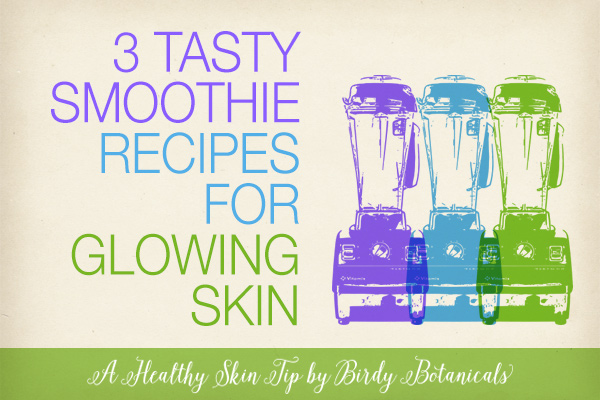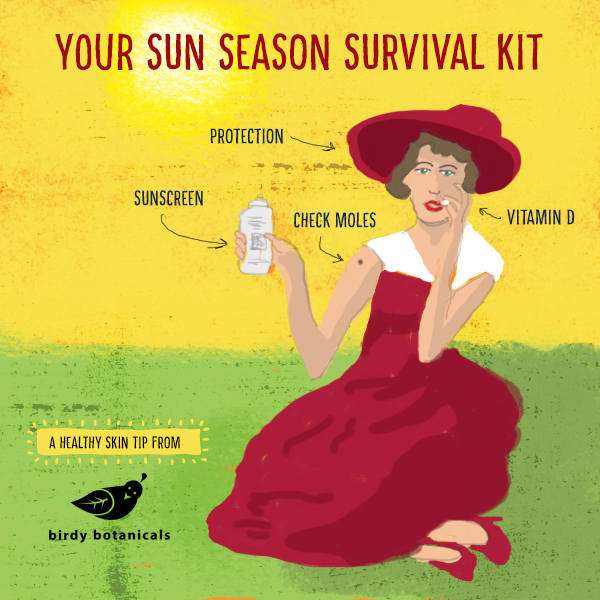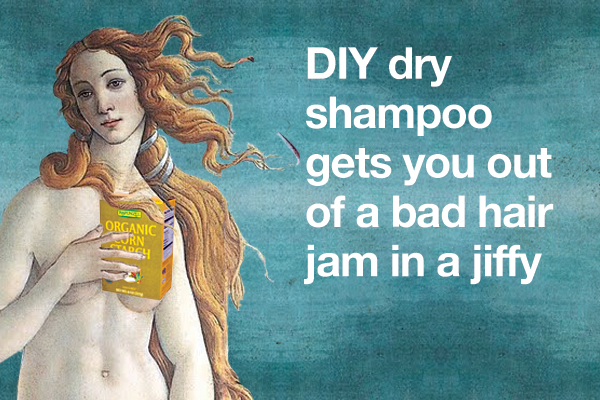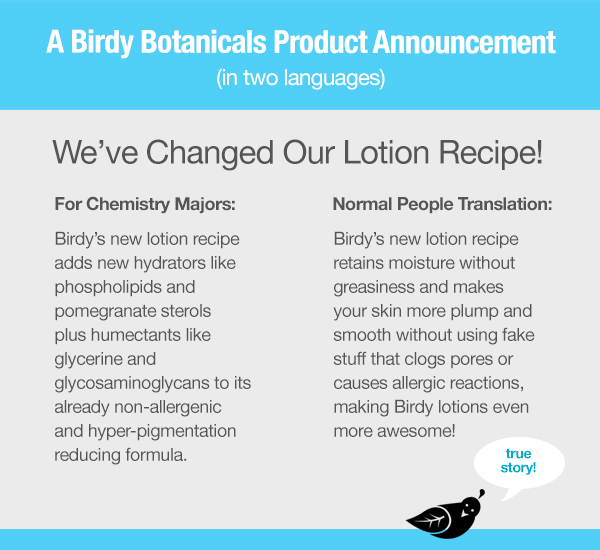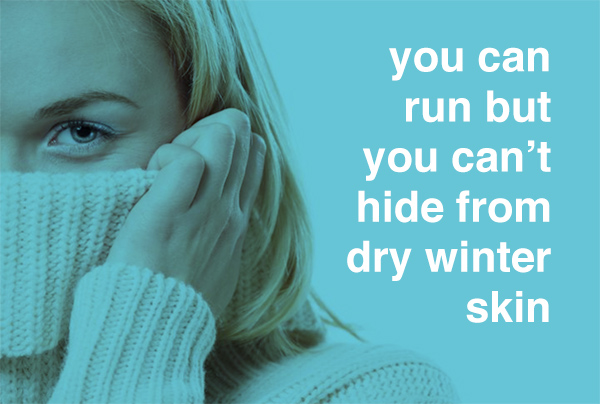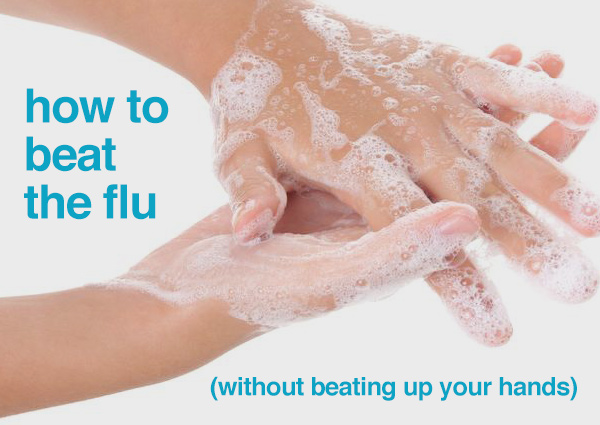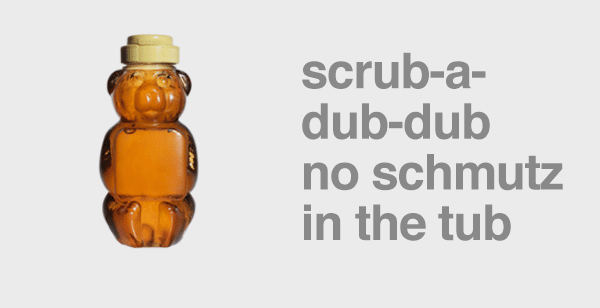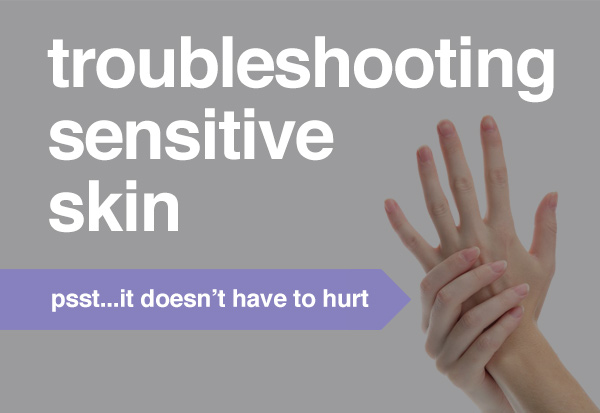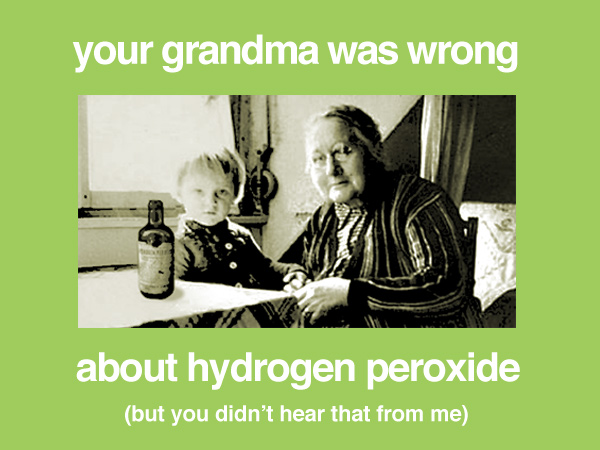3 Tasty Smoothie Recipes for Glowing Skin
Have you ever thought about the benefits your skin gets from daily consumption of certain super foods? I developed some smoothie recipes for younger looking, glowing skin based on experience, results, research and taste. Smoothies are a great way to accomplish multiple health benefits for your skin and body.
- They fill you up.
- Easy way to get fruits and vegetables into your diet.
- Replace them for a meal to keep your waistline trim without sacrificing nutrition.
Drink them 5-7 times a week for most dramatic skin care results. Important Ingredient info:
- No added sugar! Use the sweetness from the fruit to sweeten your smoothie.
- Choose hemp milk or almond milk instead of cow’s milk. See stats here about benefits of hemp milk vs almond milk. Choose for yourself which will benefit you more. Almond is more available and less expensive and is a good source of Vitamin E (super beneficial antioxidant for your skin.) Hemp milk has some impressive stats for skin, hair and nails but is higher in calories and sugar.
- No cans! Use only fresh or frozen ingredients. Freeze fresh fruit if you can’t use it all up before it expires. If recipe calls for 1/2 banana freeze the other half.
- Choose organic fruits and veggies if it’s in your budget. Especially for peaches, nectarines, all berries and spinach. This list from Web Md has great info on what to buy organic or conventional.
- Smoothies are a great way to use up leftover foods that might eventually end up in the garbage.
- If you make substitutions & use fresh or frozen you’ll get some nutritional benefits no matter what goes in your smoothies.
Flax vs chia seeds: Go for the Chia seeds.
- They are a better source of omega 3 and 6.
- Unlike flax seeds, you don’t need to crush them or process them in any way to receive health benefits.
- They have 6 grams of fiber per serving and help “sweep” your system.
- They are pricey but worth the benefits. So far I’ve found the best price at Costco.
- Include them in smoothies, on top of yogurt, in muffins, on oatmeal or in salads.
Protein powders:
- They are made from: whey, silk, hemp and other plant sources. Choose one according to your dietary restrictions.
- For a review of Plant Fusion brand see the lifesyle blog of “A Foodie Stays Fit.” Plant Fusion is: dairy, soy, gluten and animal free.
Why include flax oil? If your smoothie replaces a meal you need the good fat:
- Fat helps the absorbtion of fat soluble vitamins like A, D, E & K.
- Your hair and skin need oils to keep them lubricated
The recipes: The Double X Smoothie AntioXidant and DetoXifying For the “glow”:
- 1/2 cup blueberries (fresh or frozen)
- 1/4 cup strawberries or blackberries (fresh or frozen)
- 1 TBSP Chia Seeds
- 1/2 Banana or 1/4 cup mango (fresh or frozen)
- Handful of spinach or kale
- 1 cup almond or hemp milk (unsweetened)
- 2-3 ice cubes if using all fresh fruit
- 2 TBSP protein powder
- 2 tsp flaxseed oil
Orange Dream For dry or mature skin
- 1 peeled and sectioned orange- Don’t use the thick skin between the sections as it doesn’t blend very well and leaves your smoothie not so smooth.
- 1/4 cup orange juice
- 1/4 avocado
- 1/2 banana
- 1 TBSP chia seeds
- 2-3 ice cubes
- 1 cup almond or hemp milk (unsweetened)
- 2 TBSP protein powder
- 2 teaspoons flaxseed oil
Anti-inflammatory Smoothie For acenic skin Skip all cow dairy in this smoothie!
- 1 cup green tea or almond or hemp milk (unsweetened)
- 1 TBSP chia seeds
- 1/4 avocado
- 1/2 cup frozen blueberries or cherries
- 1/2 banana
- 1/4 cup pineapple
- 1 TBSP lemon juice
- 2-3 ice cubes
- 2 TBSP non-dairy protein powder.
For those that are acne prone here’s an article from huffpo from Dr. Mark Hyman detailing why diet and acne are so closely linked. Dust off the blender and don’t sweat it! Just blend it! We are busy people and smoothies are a quick way to multi-task when it comes to skin, nutrition and calorie control. I’ve seen the benefits of smoothies first hand for my skin and I want to hear your results! ]]>
3 Tasty Smoothie Recipes for Glowing Skin Read More »
